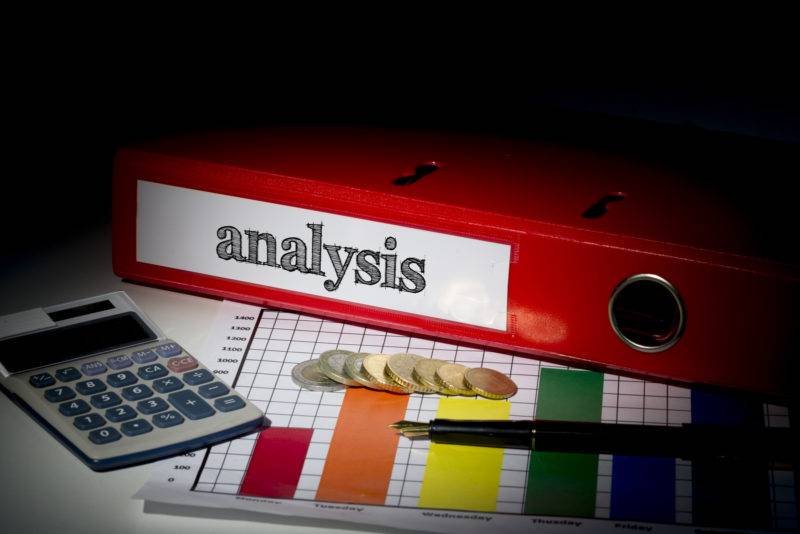Business Analyst Investigation Techniques

A core part of the Business Analysis role as discussed in this article is to analyse and investigate business processes and IT systems. Therefore, the skills and methods required to investigate these functions have to be picked accordingly and used correctly to get the true and accurate picture of the current process.
Prior research
The first step to investigating a business area, process or IT system is to look at what has been done previously. Company reports and system output documents will give an overview of how the current system or process is functioning and provide historical data that is crucial to estimating the improved processes. Gathering information about the service from the public-facing website will help to give a baseline level of information about the service which will make understanding the more complex functionality easier with the gained context.
Surveys and questionnaires
Before a project or product starts development, it is vital to understand what the customer wants and expects from the current product or service, especially in the public sector. Surveys and questionnaires are a good way to reach a wide audience of customers or stakeholders to ensure that an equal view is gained from each demographic of users. Although surveys and questionnaires have a low response rate, the volume can be very high, resulting in enough data being collected to draw conclusions. There are three key parts to a survey or questionnaire, the Heading Section, Classification Section and the Data Section The heading section defines the purpose of the survey and instructions for completing and returning the completed survey is given if required. This gives the responder the rationale for completing the survey and any information about the incentives set for submitting the survey. The classification section captures information about the responder, and provides the basis for categorising the responses. However, if the survey is anonymous this section is not required. The data section is the main section of the questionnaire, containing all the primarily quantitative questions that have straightforward answers such as ‘Yes, No’ or a list of possible answers.
Interviews
Interviews are one of the most effective ways to capture rich data from a user or stakeholder. This is vital where intricate detail is required to capture parts of a process or system requirement. Interviews can also be highly effective at gathering details about the current system or way or working where there are issues or problems occurring. This is vital to gather before a new product or process is designed to ensure that the new development does not suffer the same fate as the old way or working.
Preparing for interviews
Preparation for interviews is key to ensuring that the investigation is through and complete. Preparation is commonly broken down into four sections, Who? Why? When? and Where?.
Observations
Observations are where an outside party observes what a user or service area does as they use a process or product. This is a great way to see how the current way of working is actually performed and many inefficiencies or inconsistent ways of working can be discovered. This is usually done after some initial investigation is concluded, or as a part of the As-Is investigation.
Shadowing
Shadowing as an effective way to investigate how a service user works. Through following how they perform their day-to-day activities it gives an insight into the real world process, where inefficiencies and alternative paths may be discovered. This is especially important when investigating for process mapping where these inefficiencies may be glossed over or forgotten by the team in the workshop as they don’t themselves see it as a problem.
Conclusion
In conclusion, there are many ways to gather and investigate processes and products. Usually a combination of several will give the best result, the techniques used will depend on the people and environment that they are being investigated in. There are more techniques and explanations found in many business analysis books such as the BCS Business Analysis Third edition.
